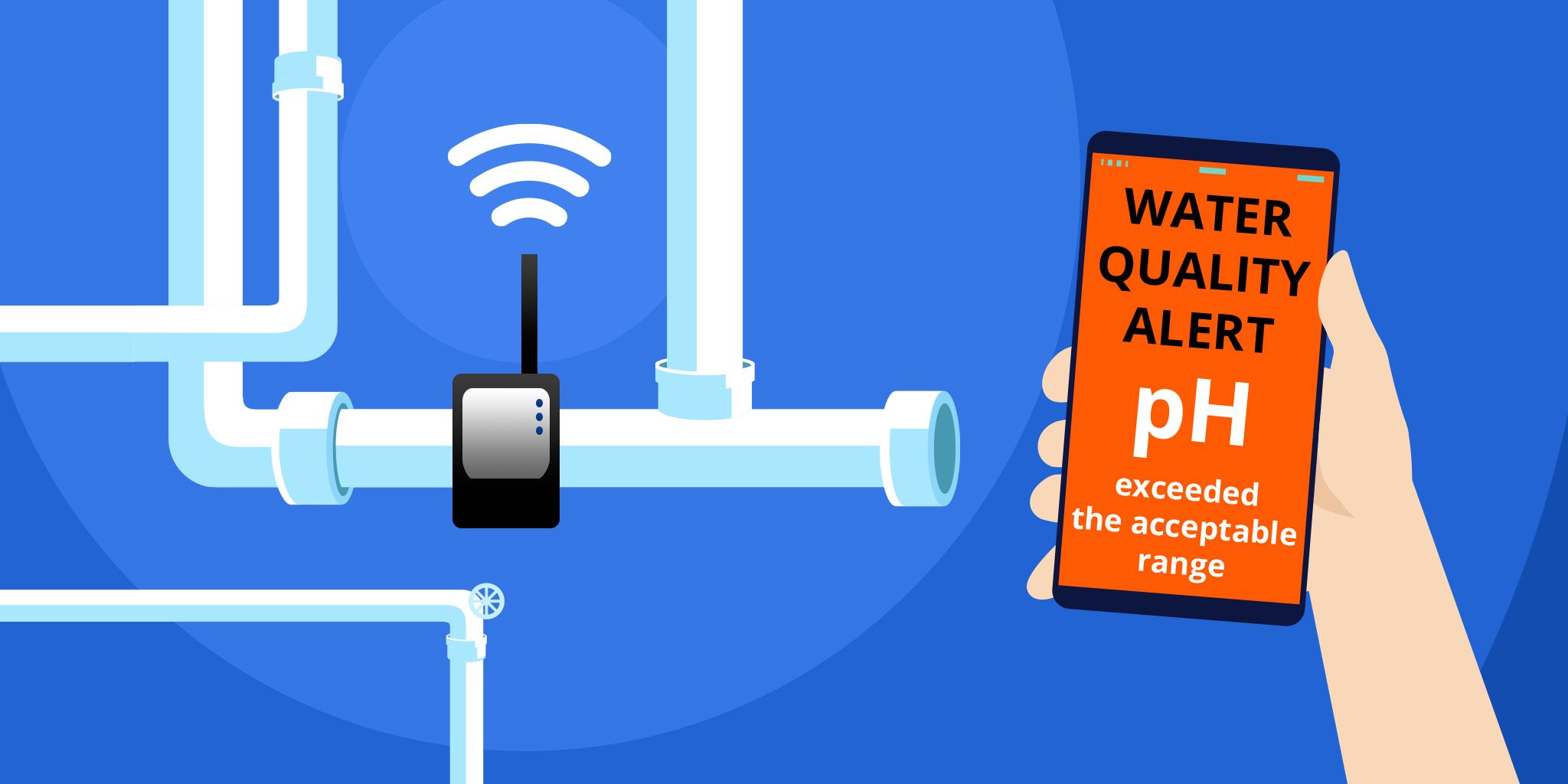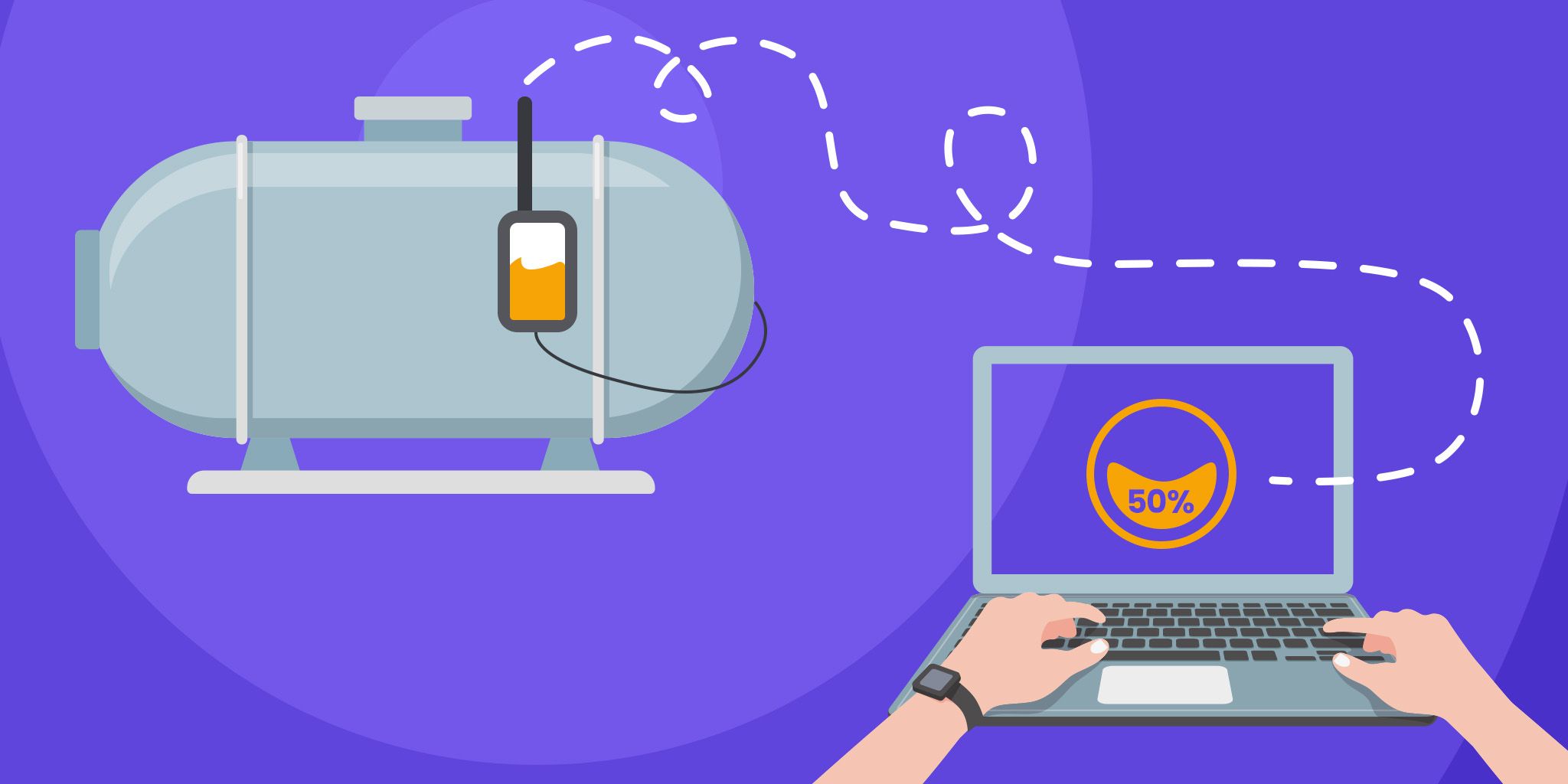Role of IoT in HVAC
Role of IoT in HVAC
- Last Updated: December 2, 2024
Guest Writer
- Last Updated: December 2, 2024



Implementation of the “Internet of Things” in the modern world is gaining pace at breakneck speed. Society is moving away from standalone devices and entering the realm of inter-connectivity. With uses in different facets of life, such as personal gadgets, retail, electricity distribution and financial services, IoT is making its mark.
One such application field of IoT is in Smart Homes, or more specifically in the Heating, Ventilation, and Air Conditioning industry (HVAC). According to a report by Zion Market Research, the global smart HVAC control market is expected to reach almost USD 28.3 billion by 2025 as compared to USD 8.3 billion in 2018. Amalgamation of the HVAC industry and IoT provides for vastly superior customer-centric services, enabling remote appliance control as a first step. Further evolution would result in predictive thermostatic controls, based upon usage history.
Let us go over some of the ways IoT can be implemented in HVAC utilizing smart devices.
Inclusion of IoT in the HVAC industry is set to revolutionize the outlook of air conditioning. More refined and learning algorithms, coupled with data analytics can pave the way for a smart and efficient home.
What Makes HVAC Devices Smart?
Let us dive into the “smart” part. Merely having a device be connected to WiFi does not make it smart. Having pre-defined scheduling controls or "if statements" doesn't make it smart either. Then what does?
The answer lies in the difference between communication and decision making. Being connected to the internet and establishing two-way communication in the form of data logs, usage history, and crash reports is not considered smart. It's what happens after the communication that determines if a system is smart or not.
For example, a thermostat relays back to the cloud server the usage patterns of the past 7 days. Simply recording this data and displaying it wouldn’t qualify the requirement for smart. What needs to happen is manipulation of this data using machine learning algorithms–only then can something be called smart.
Inclusion of IoT in the HVAC industry is set to revolutionize the outlook of air conditioning. More refined and learning algorithms, coupled with data analytics can pave the way for a smart and efficient home.
Enter the World of Algorithms
Algorithms, in the context of this article, are pieces of computer code which can learn, adapt and improvise to certain situations over a time period. This means that much like a human brain, an algorithm is capable of assessing prevalent conditions and implementing appropriate corrective actions without human intervention.
As an example, let us look at the implementation of geofencing, a popular feature available with a variety of smart thermostats/controllers. Through this feature, location-based controls can be implemented. This can include the automated powering on of an air conditioner based on the proximity of a user to their home.
The Honeywell D6 smart controller takes this concept a step further. The controller can, over time, sense how long the AC takes to achieve the desired temperature, and calibrate its start time according to the user’s location. This way, the desired temperature is achieved just when the user reaches their home, and not before.
This is a great example of machine learning algorithms, which can learn the behavior of the AC, and manage startup times so as to reduce energy wastage.
The Smart HVAC IoT Ecosystem
To gain a better understanding of the different cogs in the system, it is useful to get familiar with the process workflow within the HVAC IoT ecosystem. The interplay between each ‘node’ of the system is critical to the proper implementation of IoT. Great consideration has to be undertaken in order to reduce the latency in the system, thus ensuring a seamless process for the end-user. A robust backend promises to deliver a smooth front end experience. This is not only specific to IoT in HVAC, but to all other implementations of the concept.
Let us take a look at the process flow for an HVAC IoT system. Once a command is sent from one of the mobile or web apps to the cloud, it then gets relayed to the device. Popular cloud services currently being used by companies include Amazon Web Services (AWS), and Microsoft Azure. The device then emits an appropriate signal through infrared to the air conditioner (in the case of a ductless remote-controlled AC), or through hard wires to the boiler/furnace (in the case of a ducted system thermostat).
Additionally, voice-activated commands can also be sent over through home assistant devices such as Google Home or Amazon Alexa. Routines can be incorporated and multiple actions can be taken in conjunction with each other.
Another important function of the device is to work as a sensor, relaying back information from the room to the cloud. This information is then analyzed by the machine learning algorithms in conjunction with external factors and acted upon. For example, the algorithm can identify the current weather season, and calibrate its temperature setting accordingly.
Thermostats vs Controllers
You might have noticed the usage of both the terms above, and think of them as interchangeable. Even though the end effect is nominally the same, this is still an important distinction to make. Depending on if a person has a ducted air conditioning system or ductless, the mode of control for a smart system can vary. Hardware implementations of the actual device will need to be different so that compatibility is ensured. In most cases, the backend development is the same, and indeed interchangeable with a few tweaks.
For a ducted system, smart thermostats are used which provide complete control over the boiler/furnace system. Some current market products are the Tado Smart Thermostat, and of course the Google Nest Smart Thermostat.
In the case of ductless air conditioners, such as wall-mounted mini splits or window units, a smart controller is used. The functionality is pretty much the same, with the exception of a few extra modes available to the user, depending on their specific AC. These are standalone devices, which can usually be placed anywhere in the line of sight of the AC.
Are we Headed Towards an IoT Dominated World?
The answer to this question is an invariable yes. More and more companies and startups are diving into this venture, not only in HVAC but also in other industries. According to Gartner Inc., 8.1 billion connected devices were in use worldwide in 2017, an increase of 31% from the preceding year.
After the first stage of communication and connectivity, the wide-scale deployment of machine learning algorithms logically follows. Incorporation of increased amounts of variables for enhanced user comfort will then be possible using those algorithms. As a result, energy savings, and user comfort will increase exponentially, leading to a promising future for the HVAC industry.
The Most Comprehensive IoT Newsletter for Enterprises
Showcasing the highest-quality content, resources, news, and insights from the world of the Internet of Things. Subscribe to remain informed and up-to-date.
New Podcast Episode

Moving Past the Pilot Phase in IoT and AI
Related Articles





